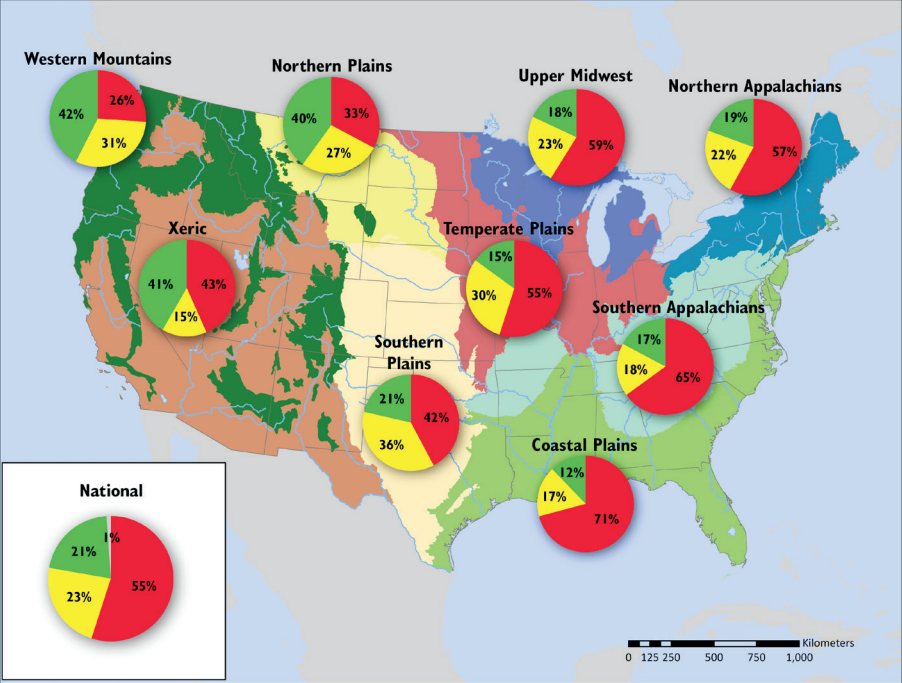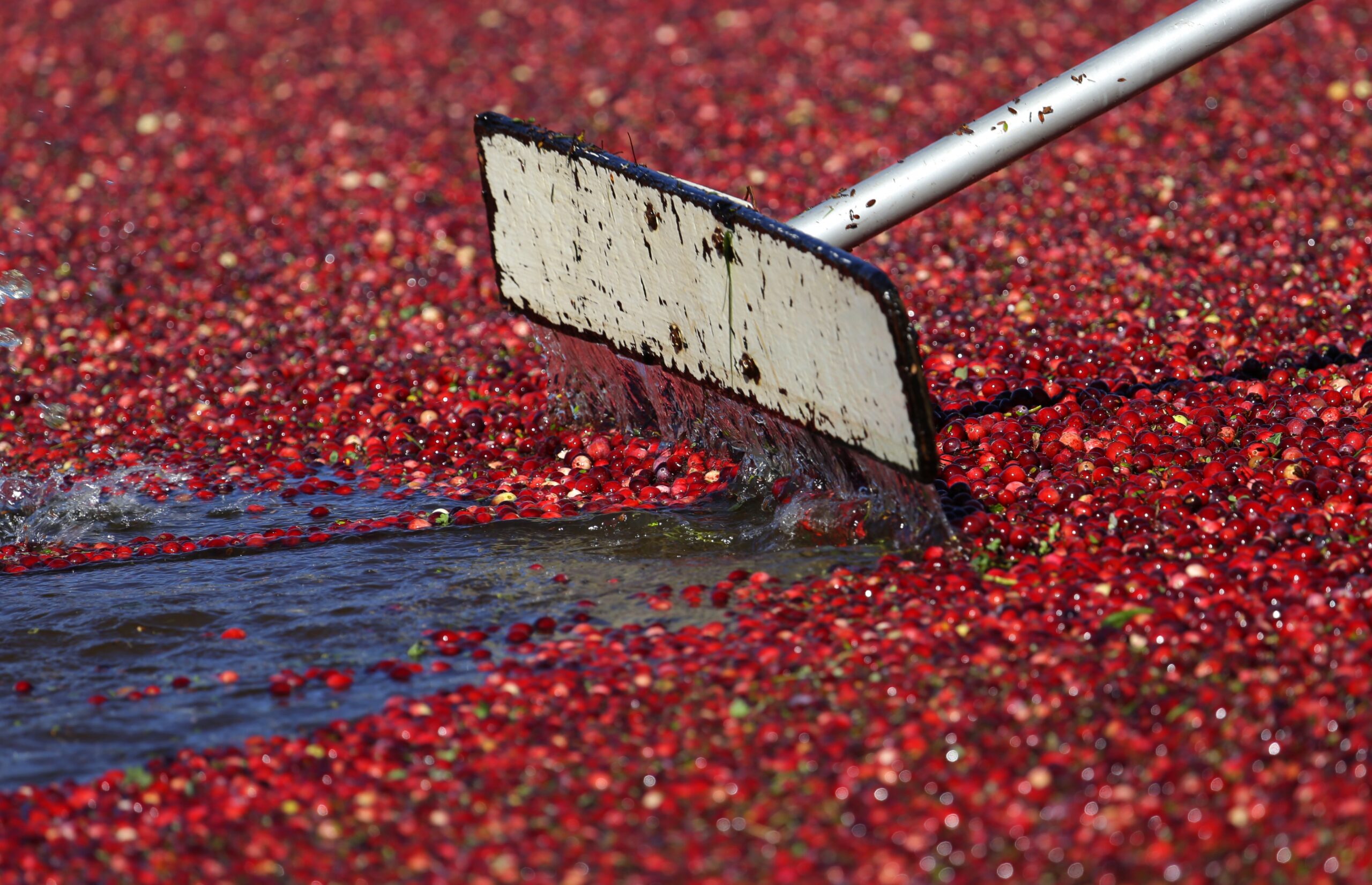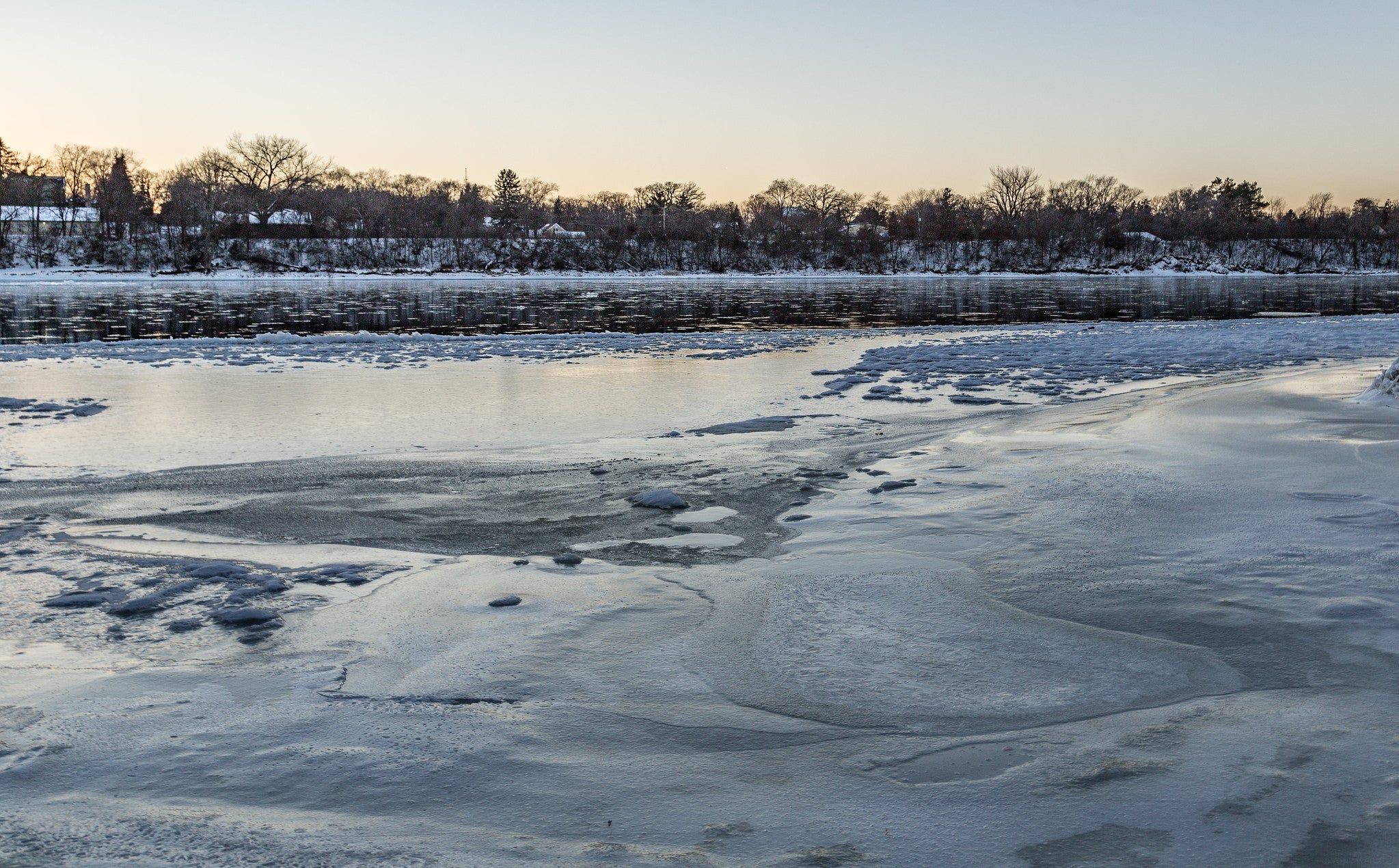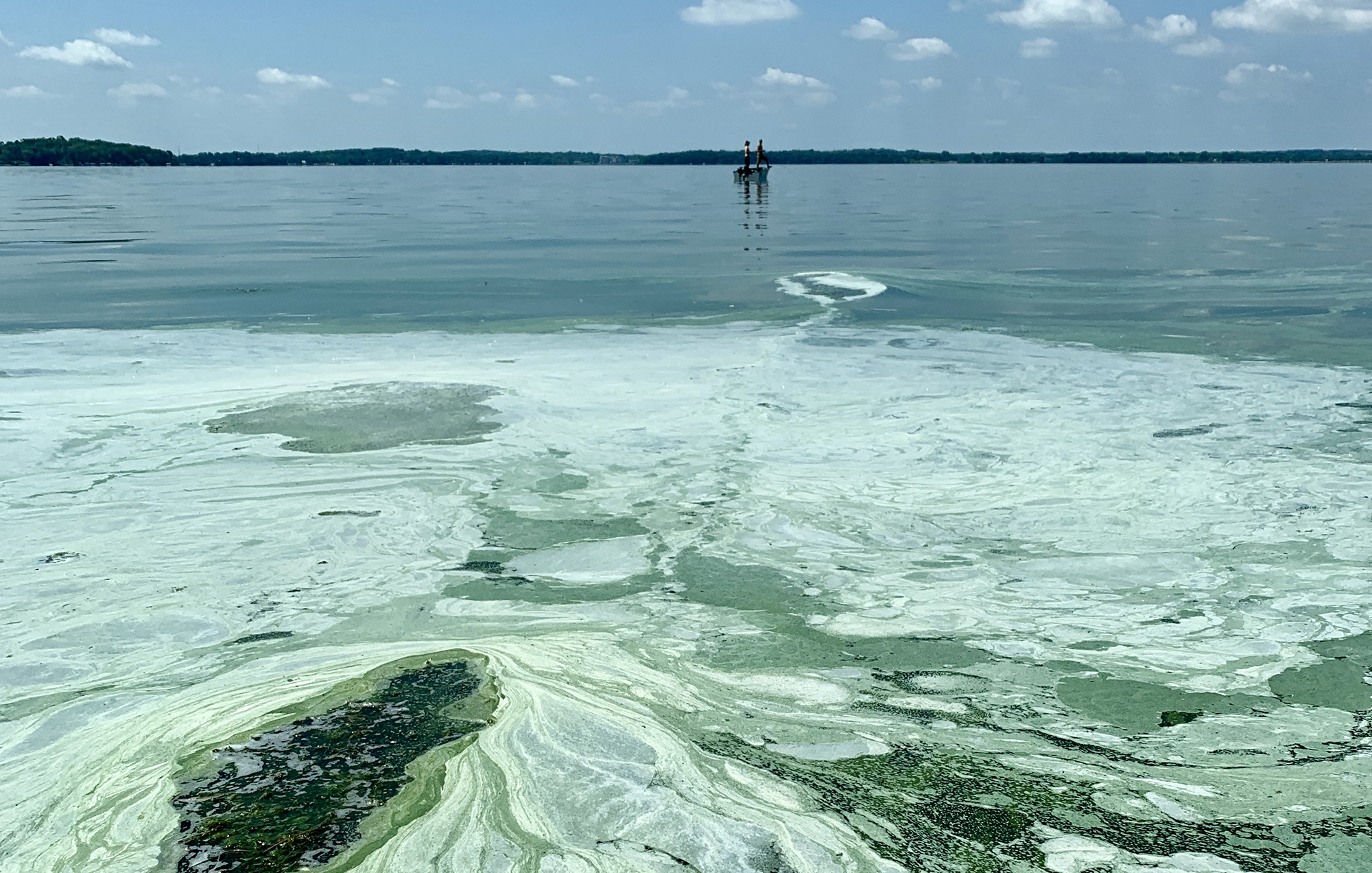Many rivers and streams across the Midwest are facing significant pollution problems, according to a new study from the U.S. Environmental Protection Agency (EPA).
The federal agency has released what it calls the first comprehensive survey of stream and river miles across the United States. In 2008 and 2009, federal, state, tribal and university scientists collected data on things like crayfish, fish diversity and aquatic food sources at more than 2,000 sites. The EPA concludes that 55 percent of river and stream miles are in poor condition for aquatic life. In the upper Midwest, the figure is a bit worse – 59 percent.
Denise Keehner directs the EPA’s watersheds office:
Stay informed on the latest news
Sign up for WPR’s email newsletter.
“That is an indicator that that system is under stress and ultimately, it’s an indicator of whether that system is fishable in the way the clean water act wants to protect waters as both swimmable and fishable.”
Keehner says phosphorus and nitrogen runoff from farm fields and other sources are key pollutants, with other river miles suffering from the loss of shoreland vegetation that reduces erosion. Bacteria and mercury are also concerns.
The River Alliance of Wisconsin says the EPA report reflects what people can see along many state rivers and streams. Spokeswoman Erin Courtenay says state agencies must fully put in place stronger controls on phosphorus pollution that were passed a few years ago.
“We have laid the groundwork. We could be a leader. We have started the process , but have to start implementing those rules.”
Courtenay says she is also worried that state may backpedal on protecting shorelines from development.
Wisconsin Public Radio, © Copyright 2024, Board of Regents of the University of Wisconsin System and Wisconsin Educational Communications Board.






